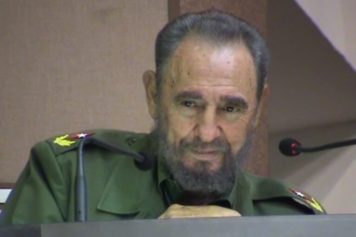The Cuban Literacy Campaign was, in essence, a response to Cuba’s history of slavery, colonialism, and imperial oppression.
From Cuba’s first revolution led by Hautey in 1510 to Cuba’s First War of Independence in 1868, Cubans have had to endure and resist unwarranted oppression inflicted upon them by Spanish invaders. In his essay, “Rebel Literacy: Cuba’s National Literacy Campaign,” Mark Abendroth conveys that when “Spanish colonialism was replaced by U.S. neo-colonialism in 1898,” the Cubans continued to fight. The fighting diminished with the success of the Cuban Revolution. The Cuban Literacy campaign was but a sequel to the Cuban Revolution.
The Cuban Literacy Campaign began with Fidel Castro’s pledge to ensure that Cuba would be completely literate.
On September 26, 1960, Fidel Castro, who was Cuba’s prime minister at the time, attended an assembly hosted by the United Nations in New York City. There, he rendered the following words: “In the coming year, our people intend to fight the great battle of illiteracy, with the ambitious goal of teaching every single inhabitant of the country to read and write in one year.” Soon after, he helped to launch the most dedicated literacy campaign to ever exist.




